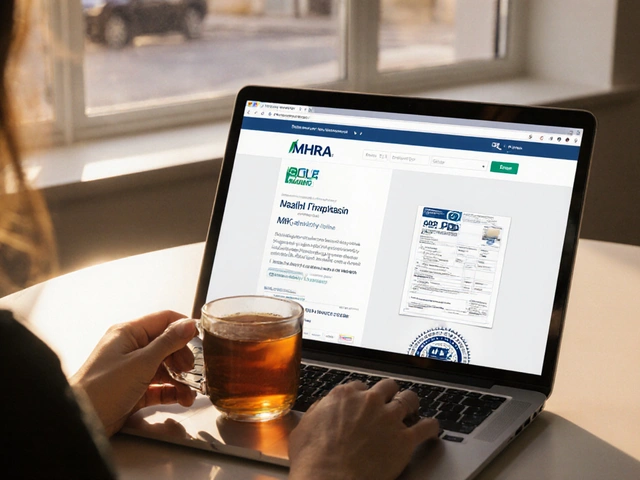Levofloxacin – What It Is and When Doctors Prescribe It
Levofloxacin is a fluoroquinolone antibiotic that fights a wide range of bacterial infections. You’ll often hear doctors mention it for pneumonia, urinary tract infections, skin infections, and even some eye infections. It works by stopping bacteria from copying their DNA, which kills them off fast.
Because it hits many bugs, levofloxacin is a go‑to drug for serious infections that need quick control. It’s taken as a tablet, liquid, or an IV drip, depending on how sick you are and where the infection is.
How to Take Levofloxacin Safely
First thing – always follow your doctor’s dosing instructions. Typical adult doses range from 250 mg to 750 mg once a day, and the length of treatment can be 5 to 14 days. Skipping doses or stopping early can let the infection come back.
Take the pill with a full glass of water and stay upright for at least an hour. This helps avoid heartburn and reduces the risk of tendon problems, a rare but real side effect of fluoroquinolones.
Common side effects include nausea, mild diarrhea, headache, and occasional dizziness. If you feel severe joint or muscle pain, especially in the shoulder or knee, stop the drug and call your doctor right away. Tendon rupture is rare but serious.
Levofloxacin can interact with a few other meds. Antacids, calcium or iron supplements, and some anti‑seizure drugs can lower its effectiveness. Space these at least two hours apart from your levofloxacin dose.
Pregnant or nursing people should avoid levofloxacin unless the benefits clearly outweigh the risks. Talk to your doctor if you’re unsure.
Buying Levofloxacin Online – What to Watch For
If you need to refill a prescription, you might think about ordering online. That can be convenient, but only safe sources should be used. Look for a pharmacy that requires a valid prescription, displays a physical address in the U.S., and has a licensed pharmacist available for questions.
Beware of sites that offer levofloxacin without a prescription or sell it at prices that seem too good to be true. Those often sell counterfeit or expired pills, which can be dangerous or simply ineffective.
Check the pharmacy’s accreditation—look for a VIPPS seal or a verification number from the National Association of Boards of Pharmacy. Reading recent customer reviews can also help spot red flags.
When you place an order, make sure the packaging includes the drug name, strength, batch number, and expiration date. Keep the receipt and any accompanying information in case you need to verify authenticity later.
Finally, store levofloxacin at room temperature, away from moisture and heat. If you notice any discoloration or unusual odor, don’t take it and contact the pharmacy.
Levofloxacin is a powerful tool against bacterial infections, but like any medication, it works best when you respect the dosage, watch for side effects, and stick to reputable sources. If you have any doubts, your pharmacist or doctor is the best place to get clear answers.






